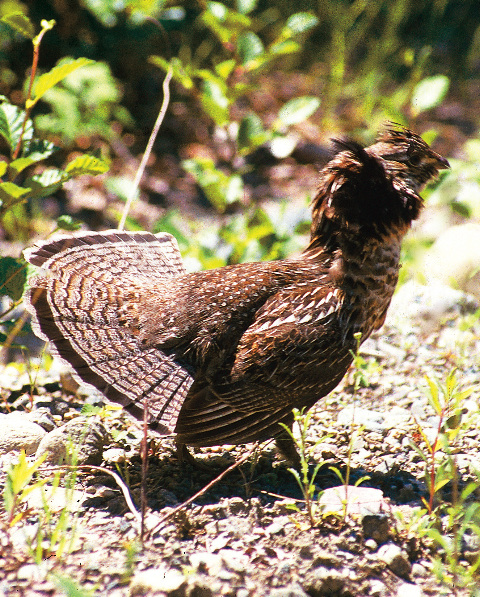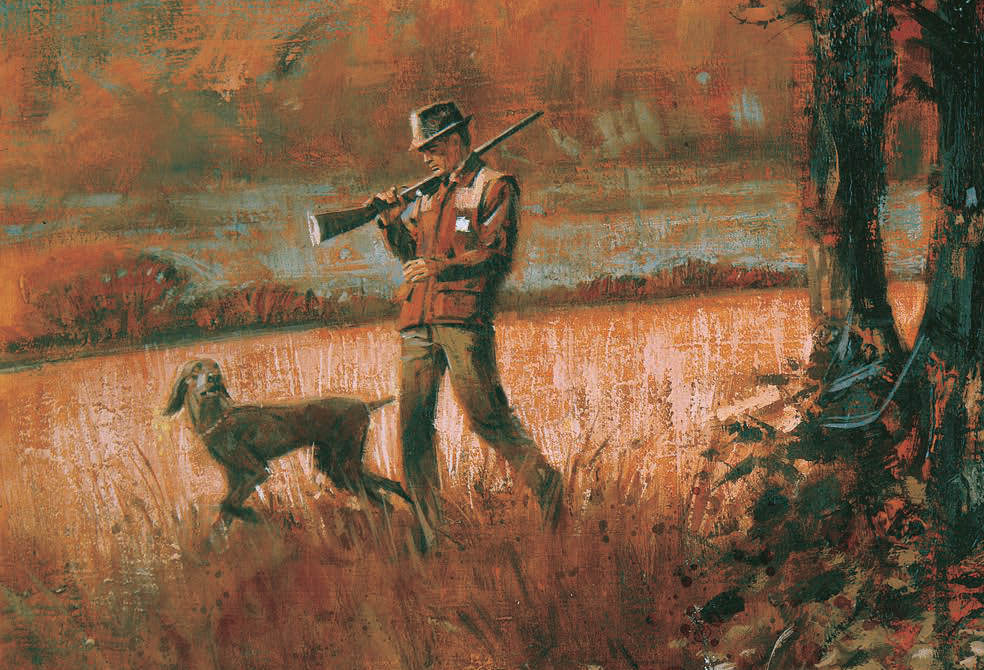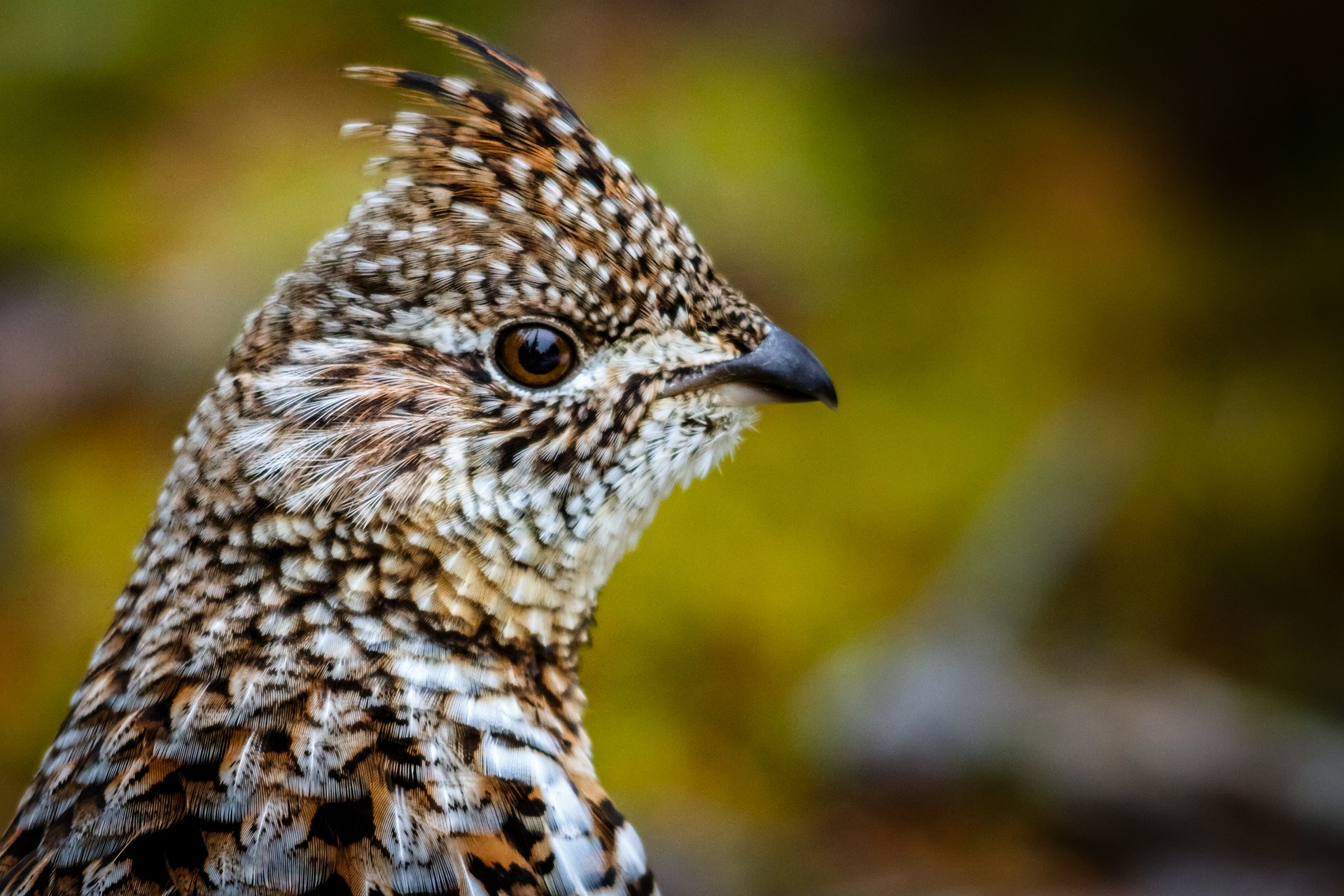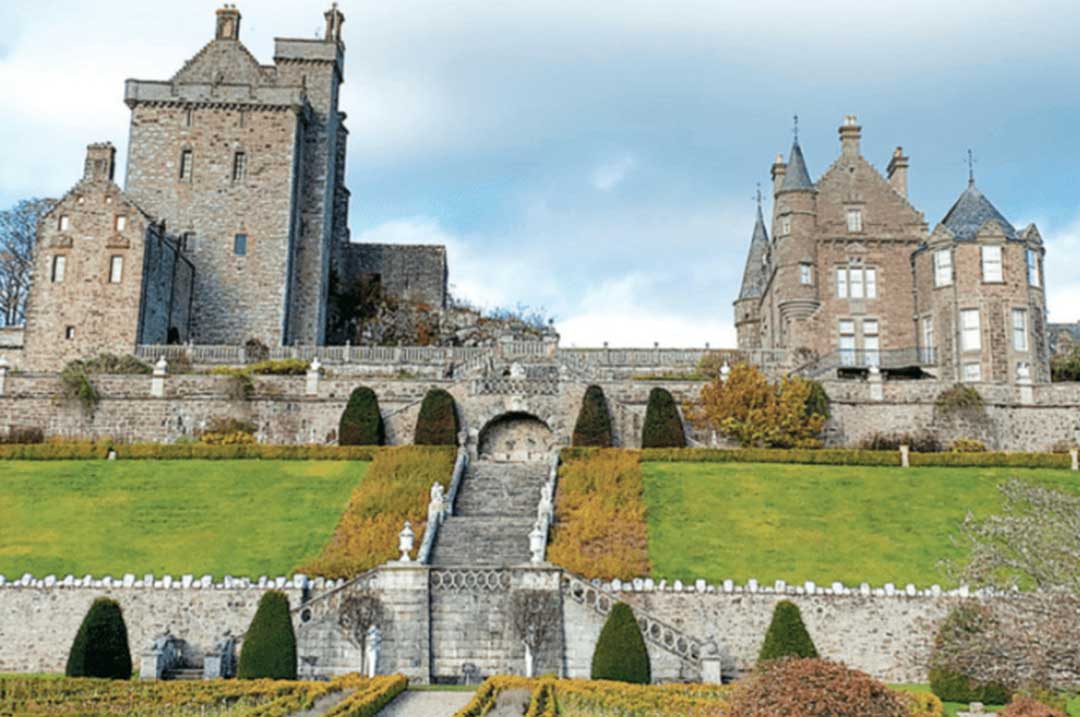Hunter survey data from 2018 indicates that North Region grouse observation rates were 143 grouse per 100 hunting hours with the aid of a dog, an increase from the reported 136 grouse per 100 hunting hours in 2017. It is noteworthy that grouse observation rates increased in all regions. Roadside drumming routes are distributed throughout New Hampshire and are surveyed annually in mid-April through mid-May by wildlife biologists and volunteers. Data are used to assess regional trends in ruffed grouse breeding populations. In 2019, the number of drumming events heard per stop decreased in all regions.
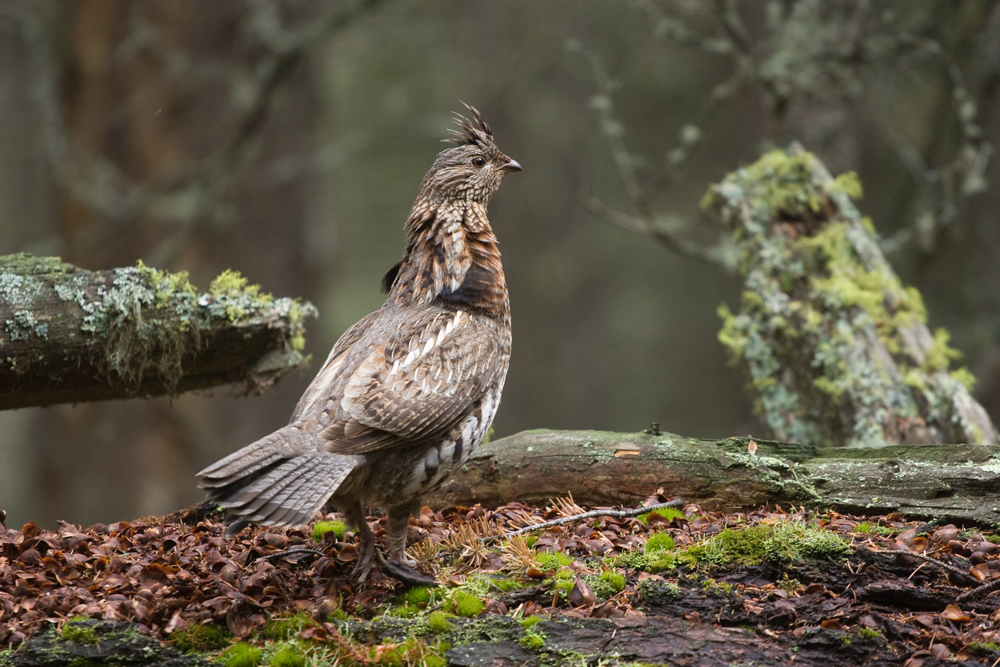
“This spring was very wet and cold with lingering snow. These conditions may have delayed grouse drumming during the survey period,” said Bordeau. “For the past 15 years, the New Hampshire Fish and Game Department has run six to eight select drumming survey routes in the North Country. These routes track changes in grouse abundance in the state’s premier grouse range. The routes tallied an average of 0.68 birds per survey stop, a decrease from the reported 0.91 the previous year. These numbers routinely rise and fall, but long-term trends can be viewed in the 2018/2019 Small Game Summary Report,” concluded Bordeau.
However, grouse brood sightings collected by field personnel in the spring of 2019 reflect good brood production with an average of 3.33 chicks per hen observed through the end of July. The 2019 grouse season is expected to be similar to last year, and fall mast crops will determine where grouse will be in the field. Finding pockets of available food that grouse are focusing on will be helpful to hunter success.
Woodcock season is expected to be similar to last year. Woodcock singing ground survey routes provide an index to the overall abundance of resident singing males and population trends and demonstrate that woodcock density patterns vary throughout the state. The number of woodcock heard per stop increased in the North, White Mountain and the Southwest regions and decreased in the Central and Southeast regions in 2019.
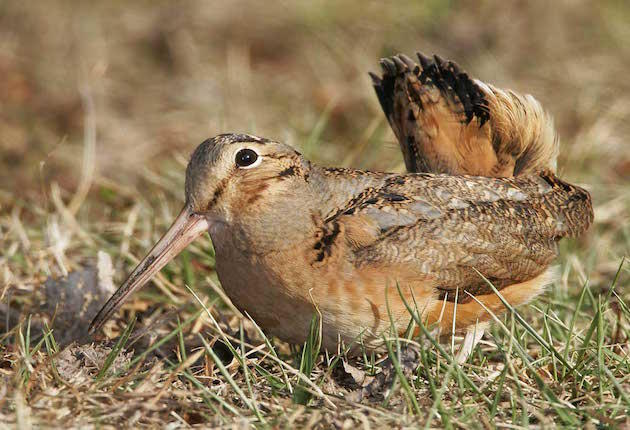
An American woodcock. (Photo via the National Audubon Society)
The North region and White Mountain regions ranged from 3 to 4.6 woodcock per route. Statewide, Department counts averaged 2.61 birds per route, similar to the U.S. Fish and Wildlife Service’s average count of 2.36 birds per route in the Eastern Management Region. Granite State data included in a recent U.S. Fish and Wildlife Service publication, American Woodcock Population Status 2019, shows a stable tally of 2.27 to 4.47 birds per route in New Hampshire since 1968.
Woodcock hunters are reminded that they need a free National Migratory Bird Harvest Information (HIP) certification number in order to legally hunt for woodcock.
All small game hunters are encouraged to take part in Fish and Game’s annual small game survey, and successful grouse hunters are encouraged to take part in New Hampshire’s Wing and Tail Survey. Small game survey packets can be acquired by calling Fish and Game at (603) 271-2461, and grouse wing and tail packets can be picked up from participating locations. These surveys provide valuable insight into the status of grouse and other small game species in New Hampshire. As an incentive to participate in New Hampshire surveys, Ruger Arms and The Ruffed Grouse Society have again generously agreed to provide a firearm to a randomly selected participant in each of these surveys.
Long-term and regional trends for grouse and woodcock can be viewed in the 2018/2019 Small Game Summary Report that depicts detailed graphs by region and statewide.

